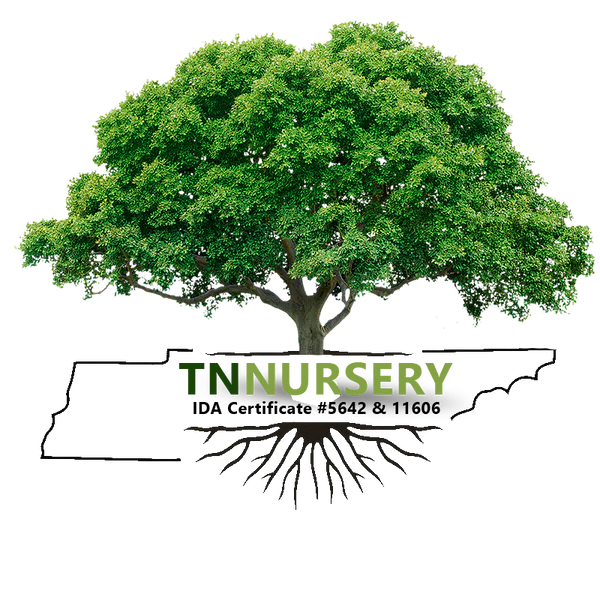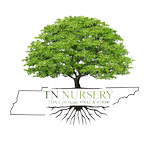Fires, other natural disasters, and the harvest of timber make reforestation necessary. The need for reforestation has increased due to extremely hot fires in many parts of the world. Planting just any old tree when doing reforestation can cause a problem for the local ecosystem. Native plants help the forest recover quickly and provide for the people and animals who use the forest.
Why Reforestation?
Bare ground is vulnerable to erosion by wind and water. Wildlife leaves the area because there is no food. Sediment is washed into rivers and streams, clogging them and killing the aquatic life. With global warming, landowners are encouraged to reforest land even if the trees were removed decades ago. Some of these incentives do not distinguish between planting native trees and establishing tree plantations. Intense fires that burn accumulated fuel can destroy the viability of seeds that grow in the area. Even species that need fire, like some pine trees, can’t recover from the extremely hot fires without help.
The Old Way
In the past, reforestation projects focused on planting economically profitable trees instead of native trees. Pine plantations in the south along with rubber plantations in Central America actually lowered biodiversity. Such monocrops were also vulnerable to diseases that could wipe out vast stands of trees. Pests such as the Emerald Ash Borer could go from tree to tree and travel quickly across the entire plantation.
Reforestation Best Practices
Currently, there are several research studies that show that planting a mix of native tree species along with the understory plants normally found with them increases biodiversity and sequesters more carbon than monoculture plantations. In addition, the native ground cover stabilizes the site and keeps wind and rain from scouring the topsoil away. Trees can’t grow without topsoil. Planting native plants also attracted wildlife who recolonized the area. The birds and other animals spread the seeds of trees and perennials, leading to these plants spreading naturally going forward.
Keep Goals In Mind
Before you choose trees and other plants to use in reforestation projects, ask yourself what your goal is with the reforestation. If the goal is to stabilize the soil, pick fast growing annuals and perennials with roots that hold the soil together. Follow this with trees and slower growing perennials that can grow near the previously planted areas.
If you intend to harvest timber from the reforestation, plant economically valuable native trees. Ground covers act as mulch to keep the tree roots cool and keep invasive species from colonizing the area.
Examples of Native Plants for Reforestation

Whatever your goals are in reforestation, pick a mix of native species that grow together. Here are some examples of plants to use.
White Oak Tree
White oaks are a great choice when you need a big tree for a project. They can grow to 100 feet tall and spread 60-80 feet wide. They produce green leaves with 5-9 lobes on them. Oak trees support a tremendous amount of life. White oaks produce acorns that feed birds and animals through the winter. They are also nesting sites and places for birds and animals to shelter from predators.
Redbud Tree
Depending on your soil, there are smaller understory trees you can plant to accompany oak trees. Redbud trees are small trees that grow to about 20-30 feet tall, usually in a small clearing in the forest. They do best in full sun. In the spring, redbuds have red flowers all over the tree.
Persimmon Tree
The American persimmon tree is also found on the edges of forests. There it can grow to 15 feet, but in a moist forest, it can get to 100 feet. The big draw for the persimmon is the orange fruit. After a freeze, scoop out the pulp and discard the skin. The pulp has a wonderful taste. Before a freeze, the fruit are too tart to eat unless they are baked with plenty of sugar. Animals love persimmons.
Paw Paw Tree
Another food plant that will grow on the edges or inside a woodland is the Paw Paw tree. It grows to be 10-40 feet and likes to be in moist soil. Paw Paws will produce an oblong fruit that is about six inches long and is eaten by birds, animals, and people. Some individuals get gastric upset from the fruit.
Witch-Hazel
This shrub or small tree grows to a height of 10-15 feet, but in ideal conditions can grow to 35 feet tall. It has yellow flowers that remain on the tree after the leaves drop so it is very spectacular in the fall. Witch-hazel makes a nice understory tree. Birds and animals eat the fruits and seeds.
Virginia Bluebells
Virginia bluebells are perennials that grow to about 2 feet tall. They have gray-green foliage with clumps of flowers on the ends of the stem. The buds are pink, and the flowers are blue tubes when they open. They like moist soil and will grow in dappled sunlight or part shade. Hummingbirds and other long-tongued pollinators love Virginia bluebells.
Soloman’s Seal

Solomon’s seal is a perennial with long graceful stalks up to five feet tall. The green leaves are on the top of the stalk, while greenish-white bell-shaped flowers hand from the bottom of the stalk. The roots and stems are edible, but the berries are poisonous. Solomon’s seal grows in dappled sunlight or partial shade. It prefers moist, rich soil.
Red Lobelia
Red lobelia, also called cardinal flower, is a perennial that grows well at the edges of the forest or in dappled sunlight. It grows up to six feet tall but is usually more like 2-3 feet tall. The bright red flowers are very showy, particularly when planted in mass. The flowers attract hummingbirds in droves. Red lobelia likes moist soil and won’t grow in dry soil. Place at the edges of ponds or bogs for a flash of red color.
We Can Help
Tennessee Wholesale Nursery has true wholesale prices and a knowledgeable staff. Give up a call at 931.692.7325 to find the native plants you need for your reforestation project.


